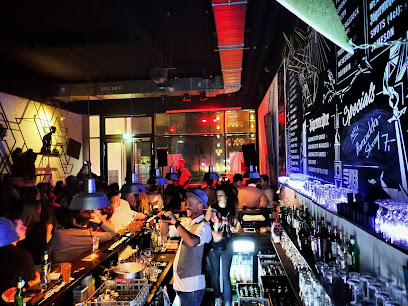
Alte Post: A Glimpse into Hamburg's Postal Past
Explore the Alte Post in Hamburg: a historic landmark blending stunning architecture with a vibrant shopping experience in the heart of the city's Passagenviertel.
The Alte Post, or Old Post Office, stands as a testament to Hamburg's rich history and architectural resilience. Completed in 1847 after the Great Fire of 1842, this building once centralized the city's fragmented postal services. Designed by Alexis de Chateauneuf, its facade blends Rundbogenstil with Renaissance influences, featuring striking red brick and sandstone elements. The iconic clock tower, originally topped with an optical telegraph, served as a vital communication link. Today, the Alte Post functions as a shopping arcade and office complex, seamlessly integrating its historical charm with modern urban life. Located in the heart of Hamburg-Mitte, near the Alsterarkaden and the Rathaus, it's a captivating landmark that offers a glimpse into the city's 19th-century evolution and its innovative approach to infrastructure.
A brief summary to Alte Post
- Poststraße 9, Hamburg, Hamburg-Mitte, 20354, DE
Local tips
- Explore the Passagenviertel: The Alte Post is located in Hamburg's upscale shopping district, so take time to explore the surrounding arcades and boutiques.
- Admire the architecture: Pay attention to the blend of Rundbogenstil and Renaissance influences in the building's facade.
- Visit nearby attractions: The Alte Post is conveniently located near other landmarks such as the Alsterarkaden and the Rathaus.
Getting There
-
Public Transport
The Alte Post is easily accessible via public transport. Take the U-Bahn or S-Bahn to Jungfernstieg station, which is directly adjacent to the building. Several bus lines also stop at Jungfernstieg. A single ticket within Hamburg AB zone costs approximately €3.60. A day ticket is around €8.40.
-
Walking
If you are near the Hamburg Rathaus (Town Hall), walk towards the Alsterarkaden along the waterfront. Turn onto Poststraße; Alte Post will be on your right. This is a short, pleasant walk through the city center.
-
Taxi/Ride-Share
A taxi or ride-share from Hamburg Hauptbahnhof (main train station) to Alte Post will take approximately 5-10 minutes, depending on traffic. Expect to pay around €10-€15. Be sure to specify 'Alte Post, Poststraße' to the driver.
-
Driving
If driving, be aware that parking in the immediate vicinity of Alte Post is limited and can be expensive. The Alsterhaus parking garage (accessible via Poststraße) is a convenient option. Parking fees are approximately €4 per hour, with a daily maximum of €28.
Discover more about Alte Post
Iconic landmarks you can’t miss
Alte Post
0.0 km
Explore the Alte Post in Hamburg: a historic landmark blending stunning architecture with a vibrant shopping experience in the heart of the city's Passagenviertel.
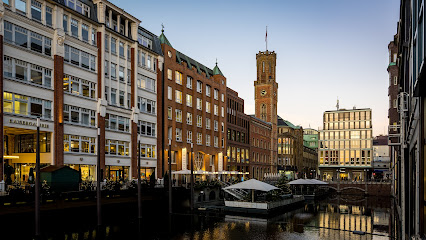
Otto Liss Gedenktafel
0.2 km
A poignant memorial in Hamburg honoring Otto Liss, a worker who died building the U-Bahn, serving as a reminder of the human cost of progress and the city's history.

Hygieia Fountain
0.3 km
Discover the Hygieia Fountain in Hamburg's City Hall: a symbol of resilience and a tribute to the city's triumph over the cholera epidemic of 1892, embodying Hamburg's enduring spirit.
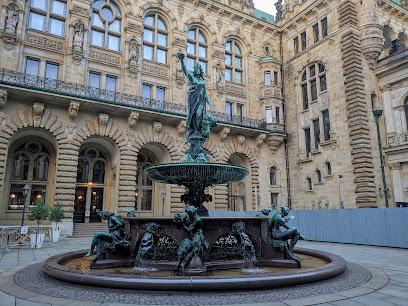
City of Hamburg Germany
0.5 km
Explore Hamburg, Germany's vibrant port city: Discover maritime history, modern architecture, and a thriving cultural scene in this captivating metropolis.
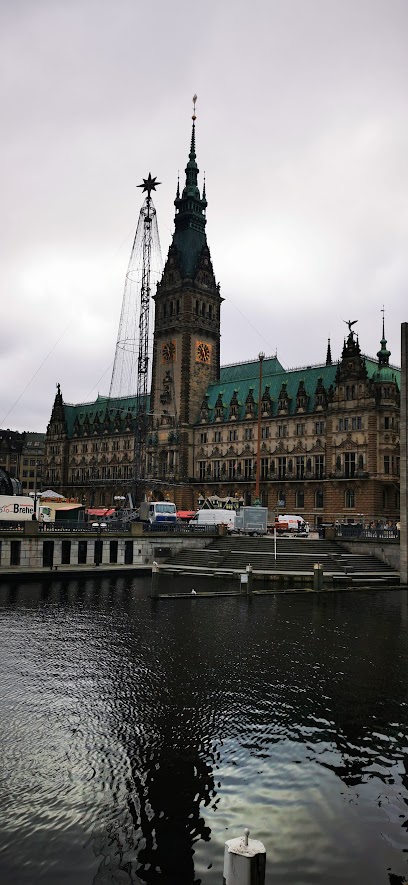
Hulbe house
0.5 km
Discover the Hulbe House in Hamburg: A stunning example of Dutch Renaissance architecture, built in 1910, showcasing intricate details and a rich history on Mönckebergstraße.
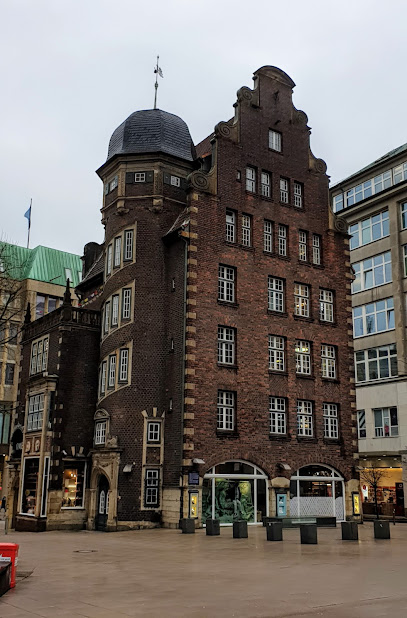
Archaeoscope Hammaburg
0.6 km
Journey back to the 9th century at the Archaeoscope Hammaburg, where virtual reality unveils the origins of Hamburg on the historic Domplatz, the site of the Hammaburg fortress.
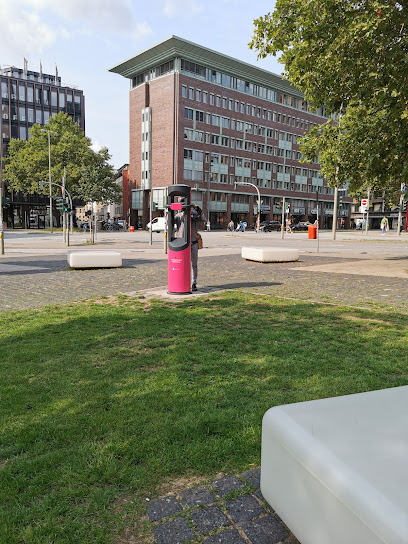
Brunnen
0.7 km
Discover Großneumarkt in Hamburg's Neustadt: A vibrant blend of history, culture, and modern life awaits in this charming square, the heart of the district.
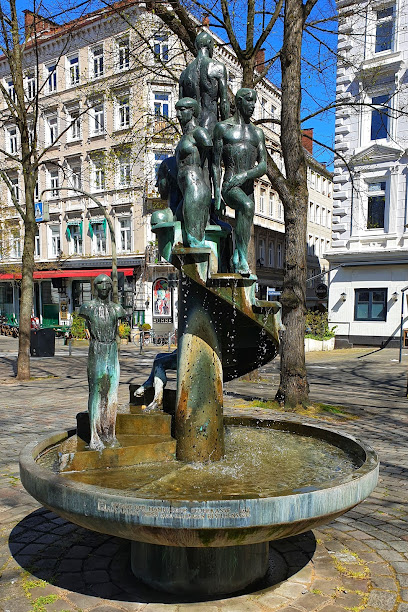
War memorial at Dammtordamm
0.7 km
Explore Hamburg's War Memorial at Dammtordamm: A poignant reflection on history, remembrance, and reconciliation through three distinct monuments in the heart of the city.
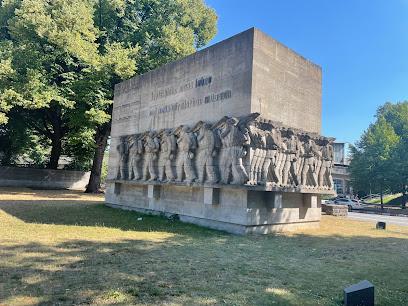
Deichstraße
0.7 km
Discover Hamburg's oldest street, a picturesque lane of meticulously restored 17th-19th century houses along the Nikolaifleet, offering a glimpse into the city's Hanseatic past.
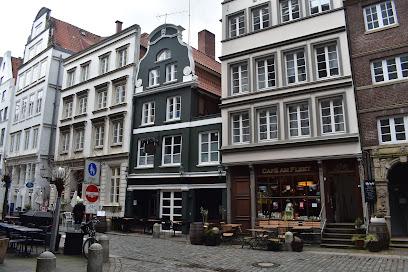
Lombardsbrücke & Ring 1
0.8 km
Experience Hamburg's heart and soul at the Lombardsbrücke, where history, architecture, and stunning city views converge on this iconic bridge spanning the Alster.
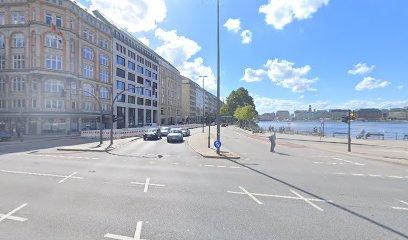
Mattentwiete 2
0.8 km
Discover Hamburg's maritime soul from Mattentwiete 2: Gateway to the UNESCO World Heritage Speicherstadt, a captivating blend of history, architecture, and culture.
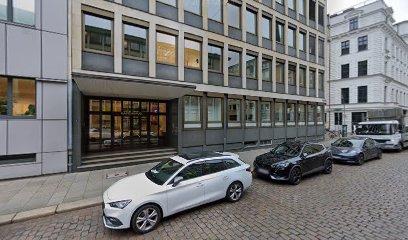
Johannes-Brahms-Platz
0.8 km
Discover Johannes-Brahms-Platz in Hamburg: a vibrant square steeped in musical history, home to the Laeiszhalle, and a tribute to the great composer, Johannes Brahms, offering a rich cultural experience.
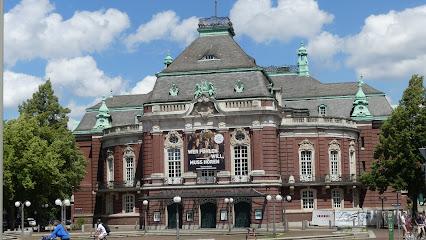
Kleines Dock
0.8 km
Discover Hamburg's maritime heart at Kleines Dock: historic Deichstraße, Hanseatic architecture, waterfront charm, and culinary delights await near the Speicherstadt.
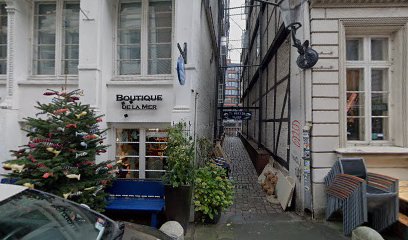
Kornhausbrücke
0.9 km
Cross the historic Kornhausbrücke in Hamburg's HafenCity, connecting the Speicherstadt with stunning views of the Zollkanal, offering a glimpse into the city's maritime past.
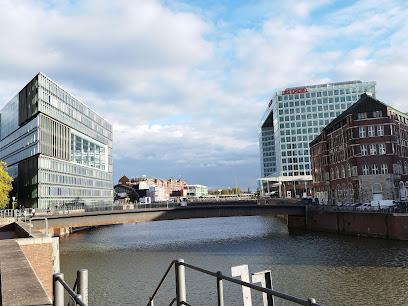
House of Seafaring
0.9 km
Explore Hamburg's maritime heritage at the House of Seafaring, a historical landmark showcasing the city's rich nautical past and stunning architecture in the heart of Hamburg-Mitte.
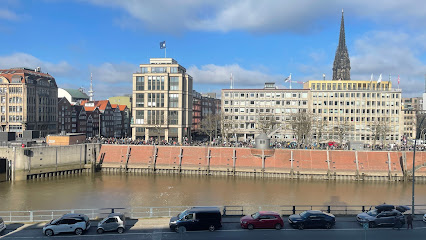
Unmissable attractions to see
Mellinpassage
0.1 km
Experience the charm of Mellinpassage, Hamburg's elegant shopping center featuring high-end boutiques, cafés, and art galleries in a stunning architectural setting.
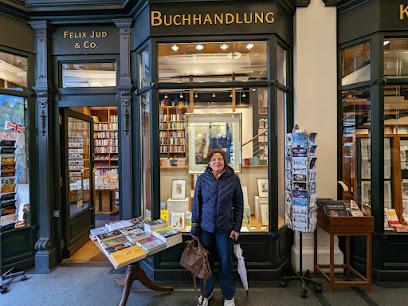
Schleusenbrücke
0.1 km
Explore the iconic Schleusenbrücke in Hamburg, a blend of historical charm and modern engineering with stunning waterfront views.
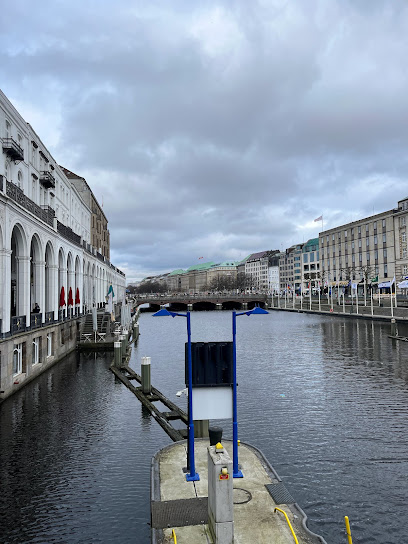
Jungfernstieg
0.2 km
Discover Jungfernstieg, Hamburg's stunning waterfront promenade, where shopping, dining, and breathtaking views of the Alster lake await every visitor.

Denkmal für die Gefallenen beider Weltkriege
0.2 km
Explore the Memorial for Both World Wars in Hamburg, a poignant tribute surrounded by serene landscapes, perfect for reflection and remembrance.
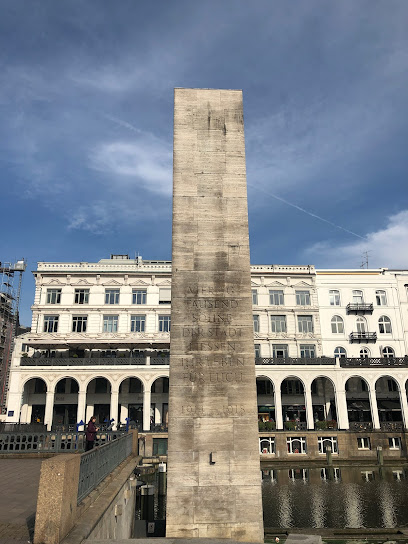
Jungfernstieg Promenade
0.2 km
Explore the vibrant Jungfernstieg Promenade in Hamburg, a stunning waterfront destination for shopping, dining, and cultural experiences.
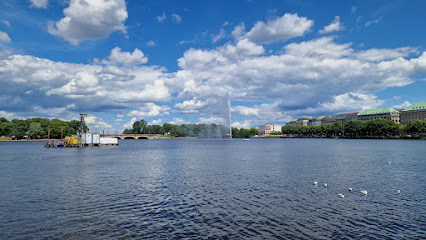
Alster Arcade
0.2 km
Explore the historic Alster Arcade in Hamburg, where stunning architecture meets vibrant shops and cafes along the picturesque canals.
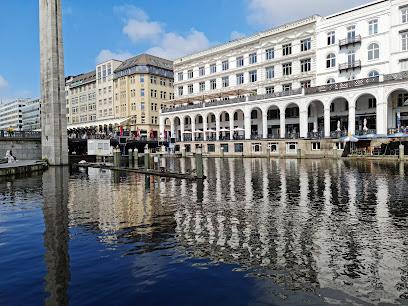
ATG Alster-Touristik GmbH - Alsterrundfahrten
0.2 km
Experience Hamburg from a new angle with scenic boat tours on the Alster Lake, perfect for unforgettable sightseeing adventures.
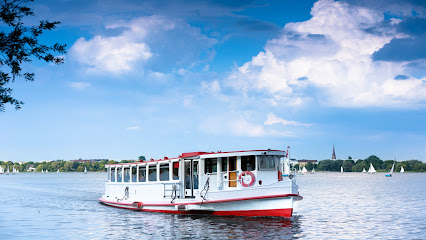
"Gesellschafttsspiegel Dreieck", Skulpturen von Olafur Eliasson
0.2 km
Explore the mesmerizing sculptures of Olafur Eliasson at Gesellschafttsspiegel Dreieck, a unique art installation in the heart of Hamburg.

Bucerius Kunst Forum
0.2 km
Explore Bucerius Kunst Forum, Hamburg's premier art museum, showcasing a rich tapestry of exhibitions that inspire and engage visitors of all ages.
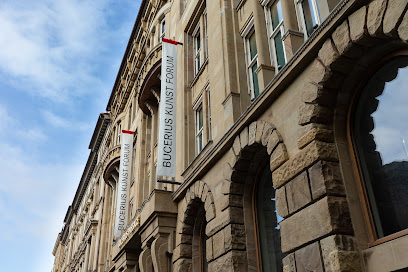
Reesendamm bridge
0.2 km
Explore the scenic Reesendamm Bridge in Hamburg, a serene spot for leisurely walks and stunning views of the city's waterfront.
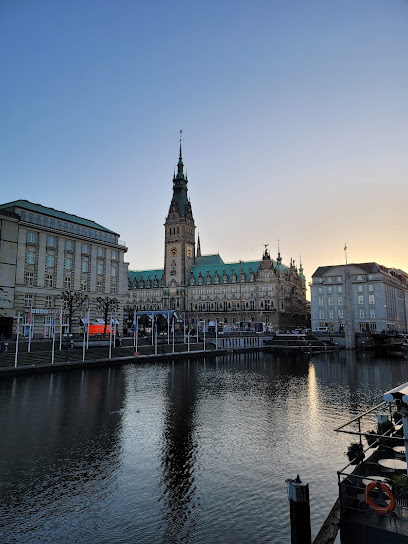
Inner Alster
0.2 km
Explore the serene beauty of Inner Alster, Hamburg's urban oasis, with stunning views, delightful cuisine, and endless recreational activities.
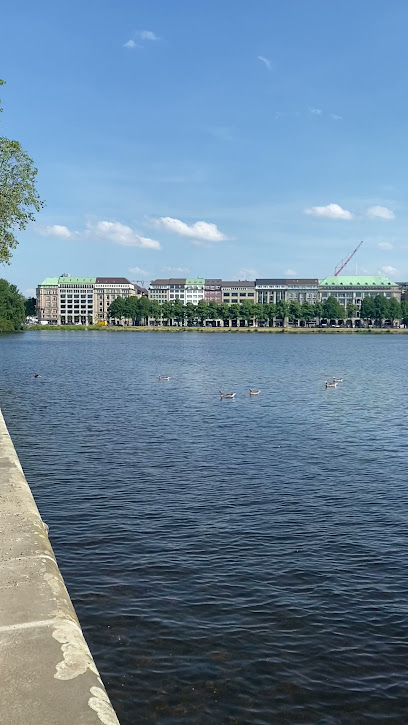
Rathausmarkt
0.2 km
Experience the vibrant culture and history of Hamburg at Rathausmarkt, the city's bustling town square surrounded by stunning architecture and local charm.
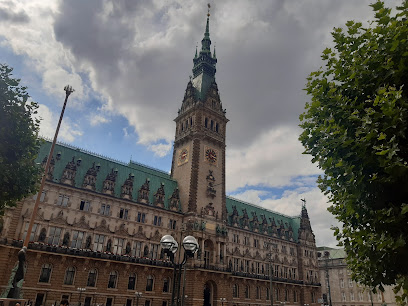
Town Hall Market
0.3 km
Experience the vibrant atmosphere, rich culture, and delightful treats at Hamburg's historic Town Hall Market, a must-visit destination for tourists.
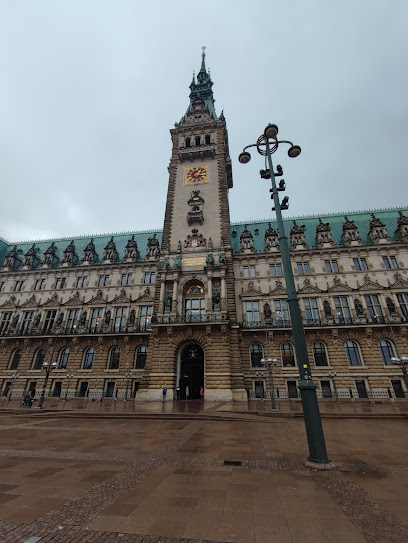
Hamburg Townhall
0.3 km
Explore Hamburg Town Hall, a stunning architectural gem blending history and culture in the heart of Hamburg. A must-visit for every tourist.
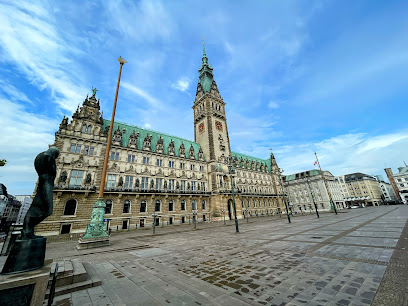
Antikmarkt auf dem Gänsemarkt
0.3 km
Discover unique antiques and local crafts at the Antikmarkt auf dem Gänsemarkt, a vibrant flea market in the heart of Hamburg.
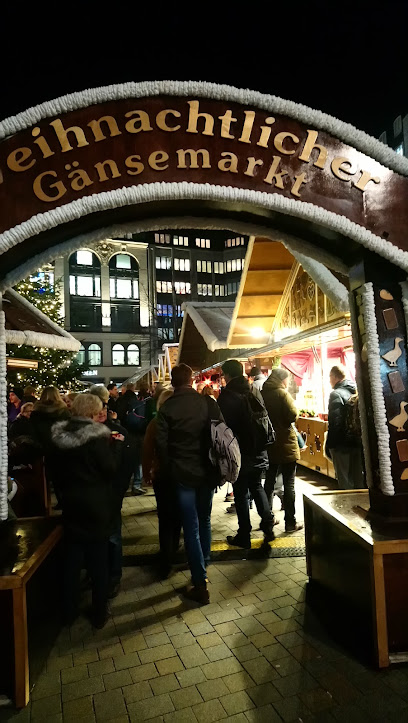
Essential places to dine
brasserie TORTUE
0.3 km
Experience exquisite French dining at Brasserie TORTUE in Hamburg—where culinary artistry meets elegant ambiance.
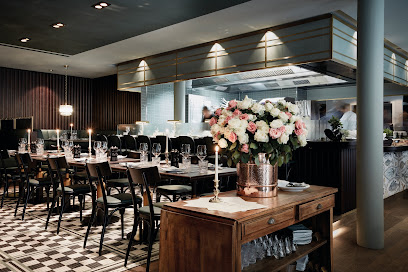
chez l'ami TORTUE
0.3 km
Experience exquisite French cuisine at Chez l'ami TORTUE in Hamburg – where culinary tradition meets modern elegance.
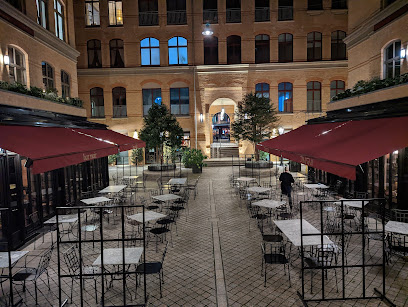
Wloka‘s
0.3 km
Savor authentic German Hausmannskost at Wloka's in Hamburg-Mitte - A must-visit for food lovers seeking traditional flavors.

Restaurant Parlament Hamburg
0.3 km
Discover authentic German cuisine at Restaurant Parlament in Hamburg, where tradition meets modern dining in a historic setting.
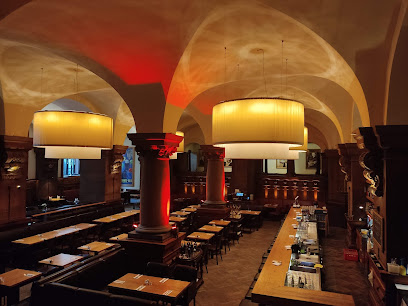
NIKKEI NINE
0.3 km
Experience a unique blend of Japanese and Peruvian cuisine at NIKKEI NINE in Hamburg, where every dish tells a story.
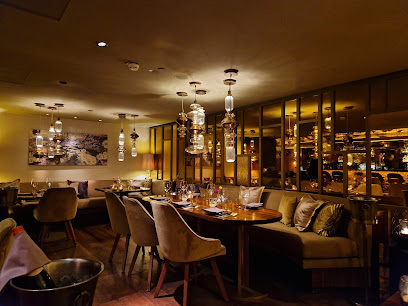
Haerlin Restaurant
0.4 km
Experience unparalleled fine dining at Haerlin Restaurant in Hamburg, where culinary artistry meets exceptional service in an elegant setting.

Casse Croute
0.4 km
Discover exquisite French-inspired cuisine at Casse Croute in Hamburg – where every meal is a celebration of culinary excellence.

I Vigneri Osteria Enoteca
0.4 km
Experience authentic Marche cuisine at I Vigneri Osteria Enoteca in Hamburg, where exquisite dishes meet an extensive wine selection.
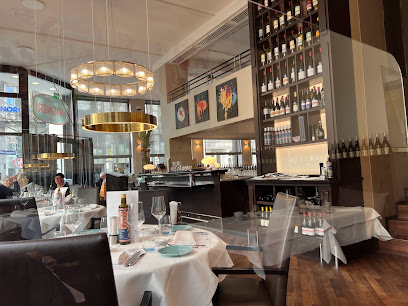
Restaurante Español Picasso
0.5 km
Experience authentic Spanish cuisine at Restaurante Español Picasso in Hamburg, where every dish tells a story from the Mediterranean.
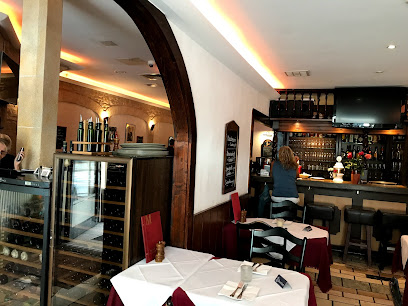
Le Plat du Jour
0.5 km
Discover authentic French cuisine at Le Plat du Jour in Hamburg – where every dish tells a story of culinary excellence.
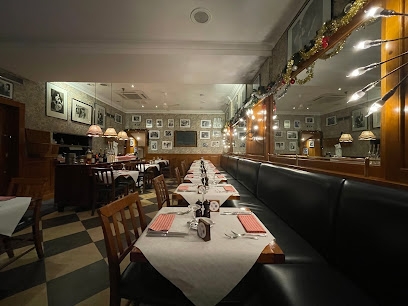
[m]eatery restaurant & botanist bar Hamburg
0.5 km
Discover the best steak in Hamburg at [m]eatery restaurant & botanist bar - where exquisite flavors meet vibrant ambiance.
![[m]eatery restaurant & botanist bar Hamburg](https://evendo-location-media.s3.amazonaws.com/RestaurantImages/152e3fd9-f3c9-4d43-8925-1248cf501029)
Restaurant Rialto
0.5 km
Experience the flavors of Hamburg at Restaurant Rialto - where tradition meets modern cuisine in a charming atmosphere.
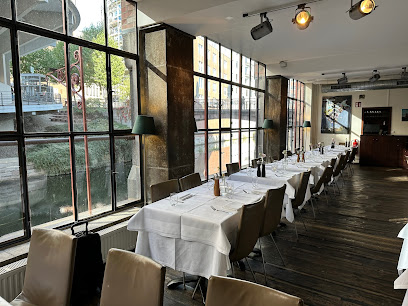
THE DINING RooM
0.5 km
Discover the exquisite flavors of American, French, and German cuisine at The Dining RooM in Hamburg - a fine dining experience like no other.
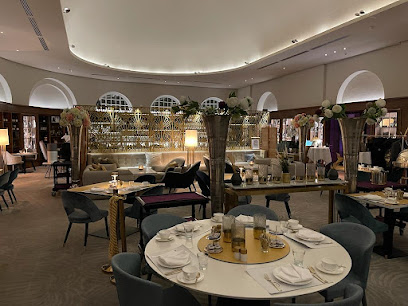
HELO Restaurant
0.6 km
Experience authentic Brazilian cuisine at HELO Restaurant in Hamburg - a vibrant destination for food lovers seeking rich flavors and warm hospitality.
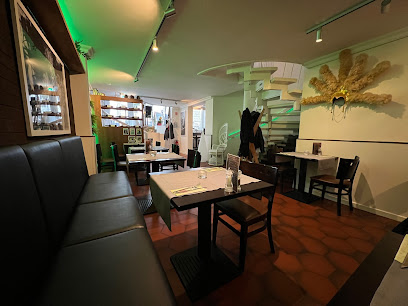
Restaurant Perle
0.7 km
Discover Hamburg's culinary treasure at Restaurant Perle, where local flavors meet modern elegance in every dish.
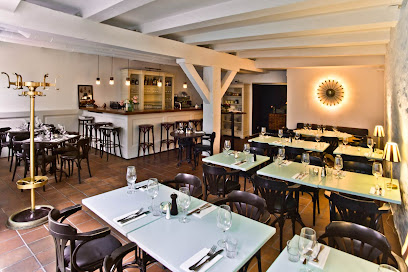
Markets, malls and hidden boutiques
PRADA Hamburg Neuer Wall Store
0.1 km
Explore the elegance of PRADA at Neuer Wall in Hamburg, where luxury fashion meets sophisticated style in a stunning retail environment.
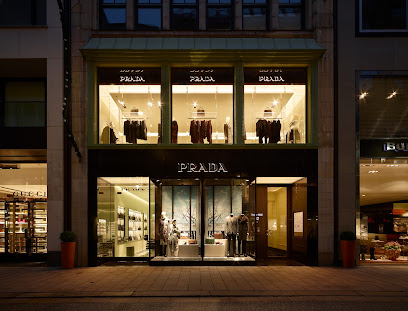
C'N'C
0.1 km
Explore the latest fashion trends at C'N'C, Hamburg's chic clothing store on the stunning Jungfernstieg promenade.
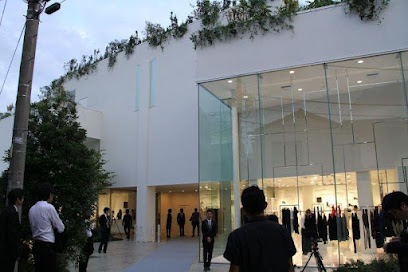
GALLERIA
0.1 km
Discover Galleria Hamburg: A luxurious shopping mall blending high-end fashion, delicious dining, and an elegant atmosphere in the heart of the city.
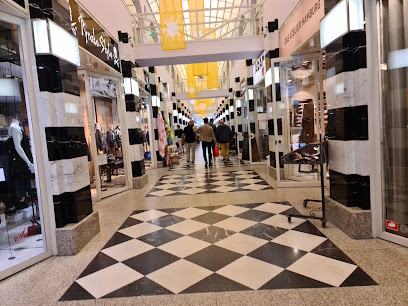
La plus belles rue
0.1 km
Explore Neuer Wall, Hamburg's luxurious shopping street, where high-end brands meet local craftsmanship in a picturesque setting.

Alsterhaus
0.1 km
Discover the essence of luxury shopping at Alsterhaus, Hamburg's premier department store, offering fashion, fragrances, and fine dining experiences.
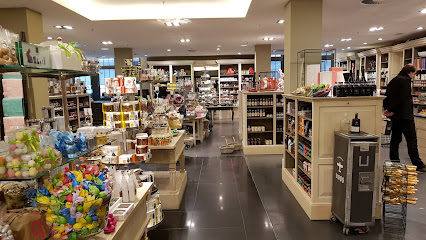
American Vintage
0.1 km
Explore the latest trends and unique styles at American Vintage, a chic clothing store in the heart of Hamburg, perfect for all fashion enthusiasts.

Der Nordische Stil
0.2 km
Explore Der Nordische Stil in Hamburg for exquisite Nordic gifts and fashion, showcasing the essence of Scandinavian design and craftsmanship.

Hanseviertel
0.2 km
Discover Hanseviertel: Hamburg's premier shopping mall blending boutique stores, eateries, and a vibrant cultural atmosphere.
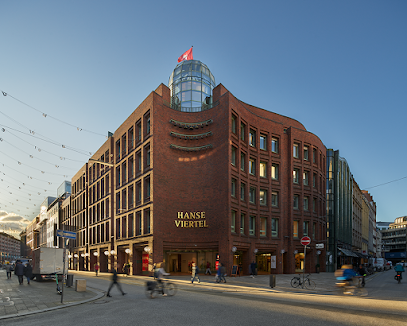
Montblanc Boutique Hamburg - Neuer Wall
0.2 km
Experience the epitome of luxury at Montblanc Boutique Hamburg, offering exquisite jewelry, leather goods, and fine stationery in a sophisticated setting.
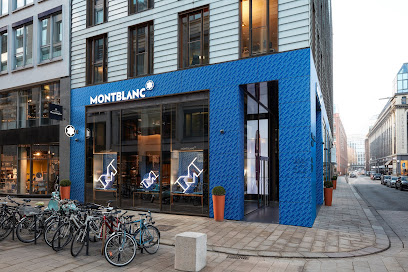
Gudrun Sjödén - concept store Hamburg
0.2 km
Explore Gudrun Sjödén's concept store in Hamburg for vibrant women's fashion, unique accessories, and a touch of sustainable style.
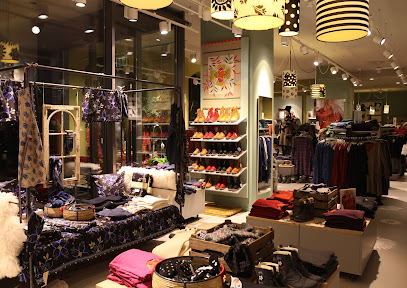
preity - Deine Female First Boutique
0.3 km
Explore Preity, a chic boutique in Hamburg, offering an exquisite selection of women's clothing, cosmetics, and unique gifts, perfect for every fashion lover.
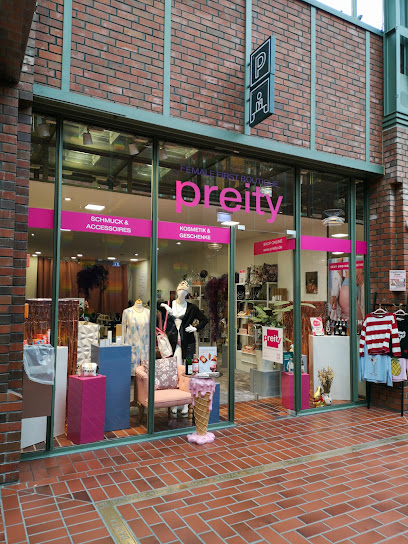
CHANEL BOUTIQUE HAMBURG
0.3 km
Explore the luxury and elegance of CHANEL Boutique Hamburg, where timeless fashion meets exquisite craftsmanship in a stunning shopping experience.
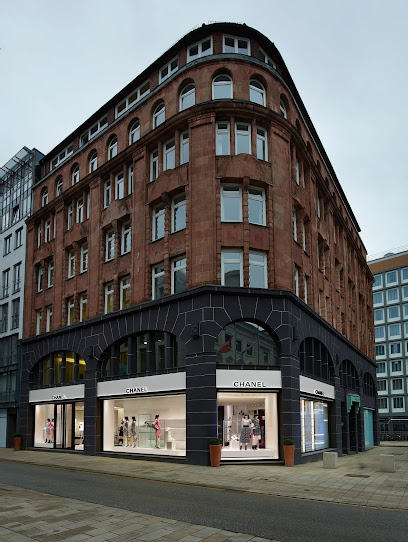
Europa Passage
0.3 km
Discover the vibrant shopping experience at Europa Passage in Hamburg, featuring over 120 stores and a variety of dining options.

Urban Outfitters
0.3 km
Discover unique fashion and eclectic home goods at Urban Outfitters in the heart of Hamburg, your go-to destination for trendy shopping.
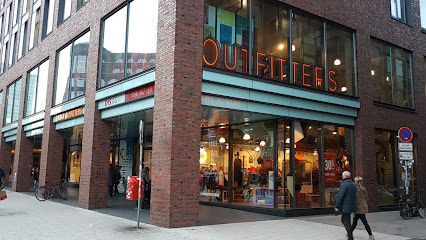
Elbenwald
0.4 km
Experience the magic of Elbenwald, Hamburg's ultimate destination for fantasy gifts, clothing, and collectibles for every fan.

Essential bars & hidden hideouts
Meyer Lansky's
0.4 km
Discover the energetic spirit of Hamburg at Meyer Lansky's, where exquisite cocktails meet a lively atmosphere for an unforgettable night out.
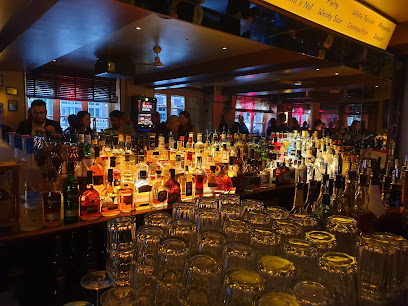
Le Lion • Bar de Paris
0.4 km
Discover the luxury of Le Lion • Bar de Paris, Hamburg's premier destination for exquisite cocktails and elegant ambiance.
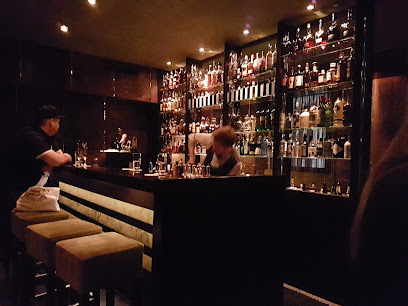
Paddy's Bar
0.4 km
Discover the vibrant atmosphere of Paddy's Bar, Hamburg's favorite Irish pub, offering hearty meals, a wide drink selection, and live music.
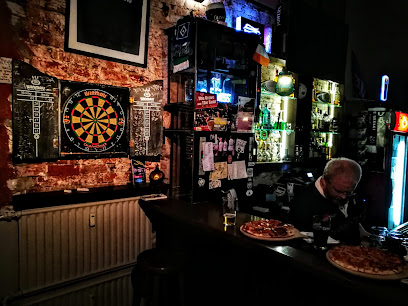
Ba Nomu | Bar
0.4 km
Discover Ba Nomu, Hamburg's cocktail haven, where creativity meets taste in a vibrant, stylish atmosphere perfect for unforgettable nights.
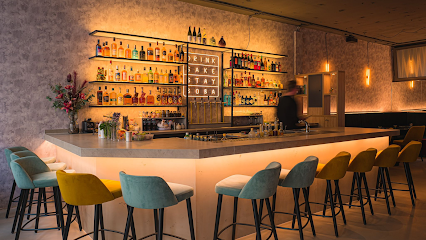
Irish Pub in the Fleetenkieker
0.4 km
Immerse yourself in the lively spirit of the Irish Pub in the Fleetenkieker, Hamburg, where great food, drinks, and live music await.
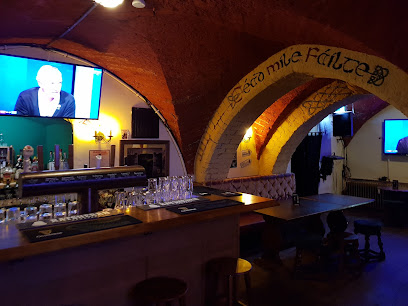
Gugu Bar
0.5 km
Experience the vibrant nightlife of Hamburg at Gugu Bar, where eclectic decor meets an extensive drink menu in a lively atmosphere.
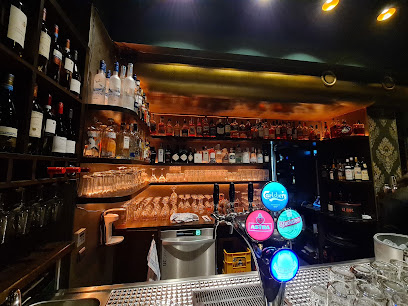
CIU` DIE BAR
0.6 km
Discover CIU` DIE BAR in Hamburg for innovative cocktails, a stylish atmosphere, and an unforgettable nightlife experience.
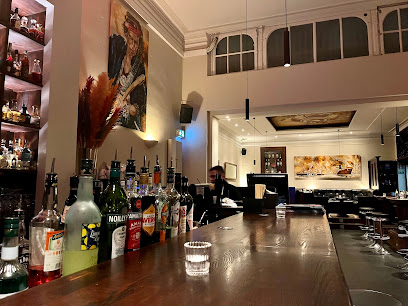
Tipsy Baker Bar Hamburg
0.6 km
Discover the best drinks and vibrant nightlife at Tipsy Baker Bar, Hamburg's favorite spot for cocktails and socializing.

The Bohemian - Bar
0.8 km
Discover The Bohemian, Hamburg's premier cocktail bar, known for its signature drinks and vibrant nightlife in the heart of the city.
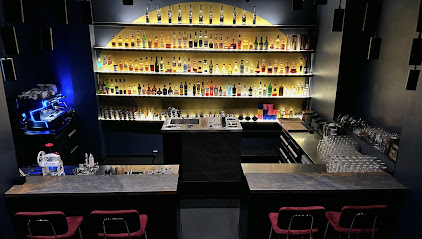
Liquid Garden - Cocktailbar
0.8 km
Discover Liquid Garden, Hamburg's vibrant cocktail bar where creativity and flavor blend for unforgettable nights and unique drinks.

Whiskyplaza & Altstadt Restaurant am Fleet
0.8 km
Discover Hamburg's Whiskyplaza & Altstadt Restaurant, a culinary haven where fine dining meets an exquisite cocktail experience in a historic setting.
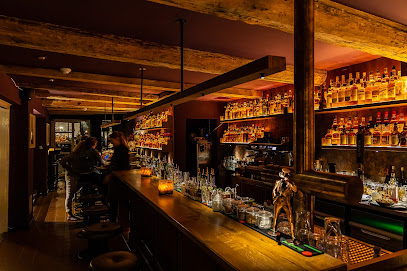
Central Congress
0.9 km
Experience the trendy ambiance and innovative drinks at Central Congress, Hamburg's must-visit bar that caters to every night owl.
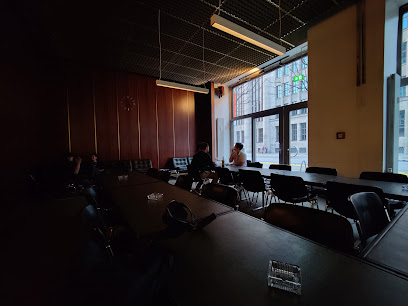
Three Fingers Bar
1.1 km
Experience the vibrant nightlife of Hamburg at Three Fingers Bar, where stunning waterfront views meet expertly crafted cocktails.
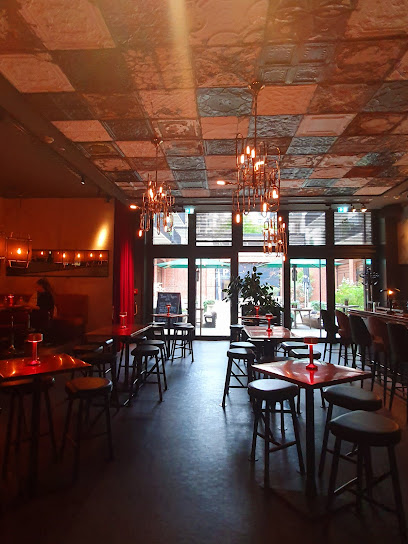
MOON 46
1.1 km
Discover the lively ambiance and exquisite cocktail selection at MOON 46, a must-visit bar in Hamburg's vibrant nightlife scene.
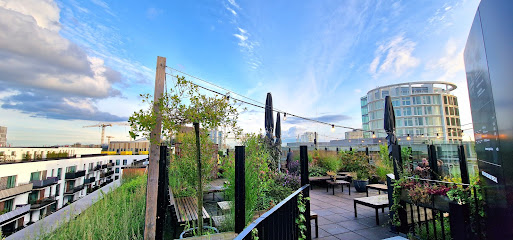
Club 20457
1.2 km
Experience Hamburg's vibrant nightlife at Club 20457, where art meets music in a lively bar setting.
